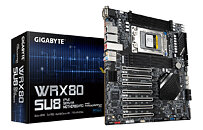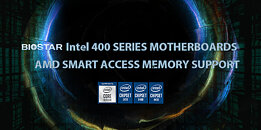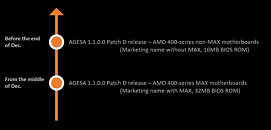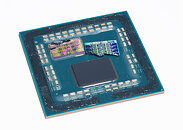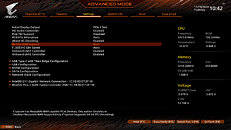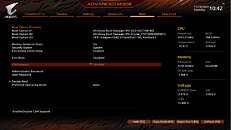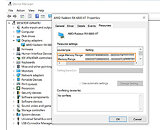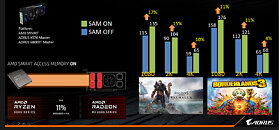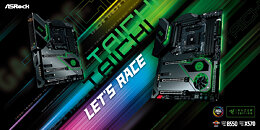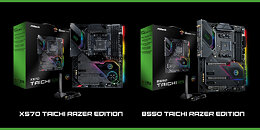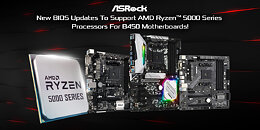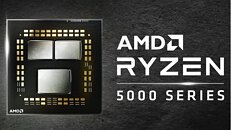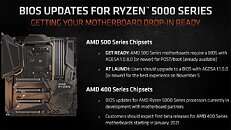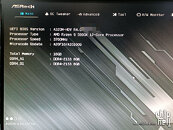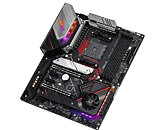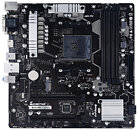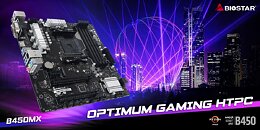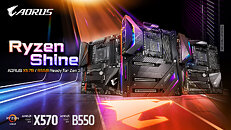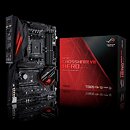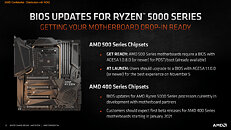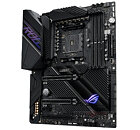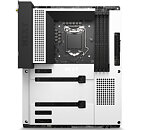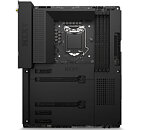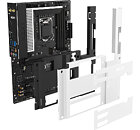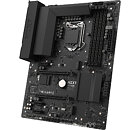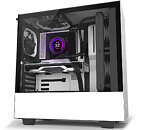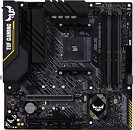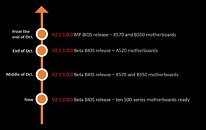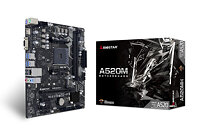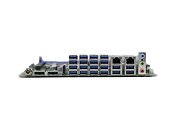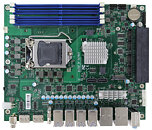
GIGABYTE Unveils AMD Ryzen Threadripper Pro Motherboard for Servers
AMD Ryzen Threadripper Pro line of HEDT/Workstation processors were a nothingburger for the DIY PC crowd as it was launched exclusively through Lenovo for its ThinkStation P620 line of workstations. These processors are a step-up from the retail Threadripper 3000 series, as they feature the full 8-channel DDR4 memory interface, and 128 PCI-Express Gen 4 lanes of the "Zen 2" based "Rome" MCM. The retail Threadripper 3000 chips only feature a quad-channel (4-channel) memory interface.
GIGABYTE has developed a custom server motherboard based on the AMD WRX80 chipset that drives the Lenovo ThinkStation P620. The new WRX80 SU8 motherboard by GIGABYTE features a single sWRX8 CPU socket, supporting Threadripper Pro processors up to the Threadripper Pro 3995WX. It features seven PCI-Express 4.0 x16 slots, three 64 Gbps U.2 ports, two M.2-22110 slots, and eight DDR4 DIMM slots, each with its own dedicated memory channel. GIGABYTE also used the lavish PCIe budget of this platform to give the board dual 10 GbE interfaces. The board also comes with an ASPEED IPMI remote management chip. GIGABYTE is a server vendor, and this board's unveiling could hint at the likelihood of AMD opening up availability of the Threadripper Pro to other OEM vendors, ending Lenovo's exclusivity.
GIGABYTE has developed a custom server motherboard based on the AMD WRX80 chipset that drives the Lenovo ThinkStation P620. The new WRX80 SU8 motherboard by GIGABYTE features a single sWRX8 CPU socket, supporting Threadripper Pro processors up to the Threadripper Pro 3995WX. It features seven PCI-Express 4.0 x16 slots, three 64 Gbps U.2 ports, two M.2-22110 slots, and eight DDR4 DIMM slots, each with its own dedicated memory channel. GIGABYTE also used the lavish PCIe budget of this platform to give the board dual 10 GbE interfaces. The board also comes with an ASPEED IPMI remote management chip. GIGABYTE is a server vendor, and this board's unveiling could hint at the likelihood of AMD opening up availability of the Threadripper Pro to other OEM vendors, ending Lenovo's exclusivity.
